

Damion Smy
Suzuki Fronx recalled after seatbelt failure sparks ‘urgent investigation’
5 Hours Ago

Contributor
Tesla says it’s going to be shifting to lithium iron phosphate (LFP) battery chemistry globally in its smaller standard-range vehicles.
Announced as part of its record third-quarter earnings report, this means that all entry-level Tesla Model 3 and Model Y electric vehicles will be equipped with LFP battery cells.
This battery chemistry is traditionally cheaper and safer, but the cells are less energy dense, which means they offer a shorter range.
LFP batteries are therefore seen as best suited to standard-range cars, heavy commercial vehicles and energy storage systems.
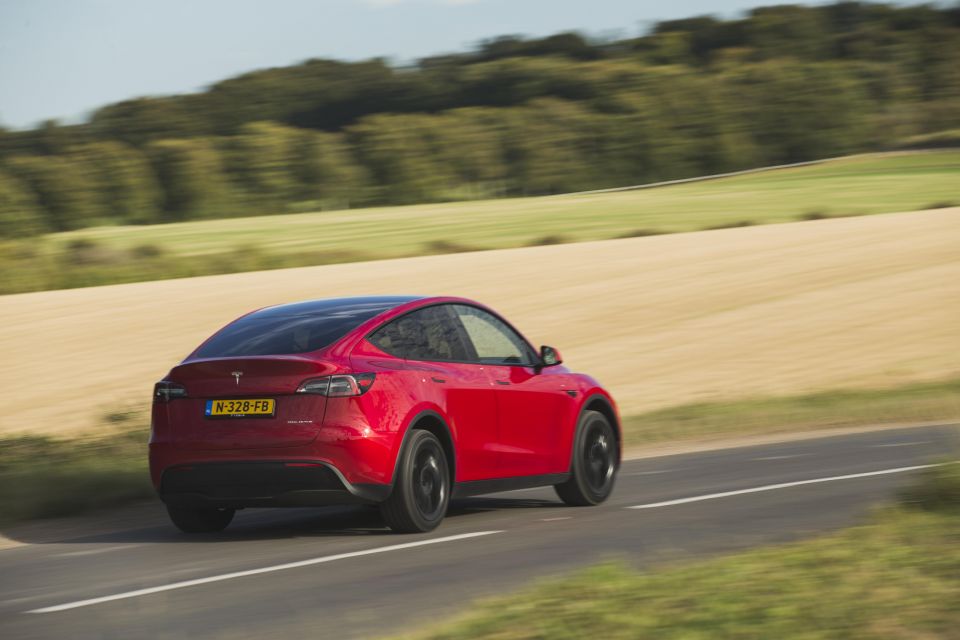
At the moment, Tesla’s ‘Giga Shanghai’ is the only plant that fits these LFP batteries to Model 3 and Y vehicles bound for China, Europe and the Asia-Pacific region including Australia.
Tesla’s other Model 3 Standard Range production plant in the U.S predominantly uses some form of nickel-based batteries – either nickel-manganese-cobalt or nickel-cobalt-aluminium.
This move to LFP batteries is likely (partly) a way for Tesla to increase margins on its vehicles as the batteries use a cheaper battery chemistry.
Beyond this though, LFP batteries appear to be attractive to Tesla as the chemistry doesn’t depend on rare earth minerals such as nickel and cobalt.
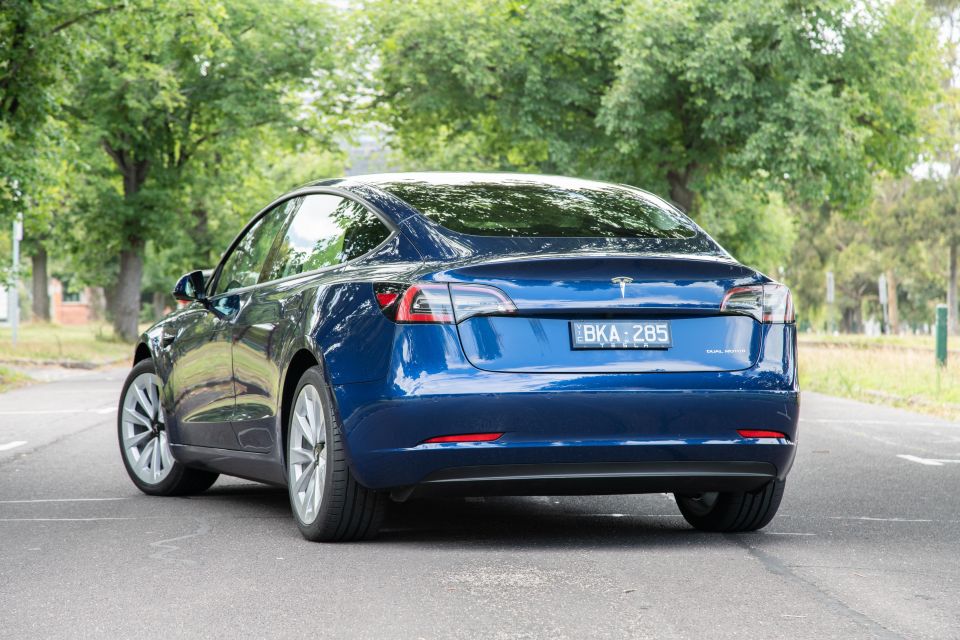
The LFP batteries used in the Model 3 and Y are supplied by Chinese battery giant, CATL, that has numerous manufacturing plants throughout China and one plant located in Erfurt, Germany.
Most notably, CATL extended its battery supply deal with Tesla until 2025 according to Reuters in June 2021.
Besides Tesla, CATL currently produces batteries for a number of well-known automakers including Volkswagen Group, BMW, Hyundai, Honda, and Volvo.
One main reason why LFP batteries aren’t commonly produced outside of China is due to a slew of patents, which has allowed the country to corner the LFP market.
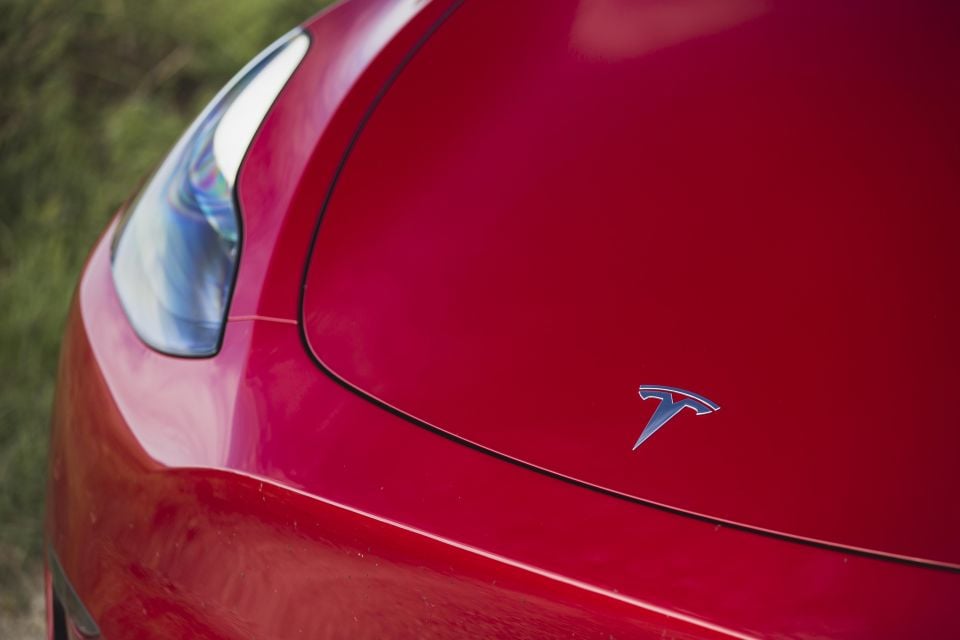
These patents are reportedly expiring soon and it seems like Tesla is keeping a close eye on this.
It also appears that Tesla wants to bring production of LFP batteries closer to home and hints at production in the U.S.
“Our goal is to localise all key parts of the vehicles on the continent – at least the continent, if not closer, to whether the vehicles are produced,” said Drew Baglino, Tesla senior vice president of powertrain and energy engineering said at the investor conference.
“So, that is our goal and we’re working internally and with our suppliers to accomplish and not just at the end-assembly level but as far upstream as possible.”
MORE: Tesla reports record income, profit and deliveries in Q3
Where expert car reviews meet expert car buying – CarExpert gives you trusted advice, personalised service and real savings on your next new car.
Jack Quick is an automotive journalist based in Melbourne. Jack studied journalism and photography at Deakin University in Burwood, and previously represented the university in dance nationally. In his spare time, he loves to pump Charli XCX and play a bit of Grand Theft Auto. He’s also the proud owner of a blue, manual 2020 Suzuki Jimny.


Damion Smy
5 Hours Ago
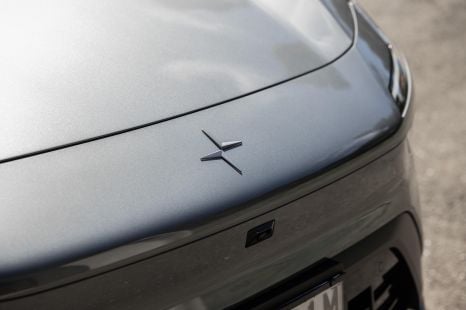

Damion Smy
6 Hours Ago


Damion Smy
8 Hours Ago
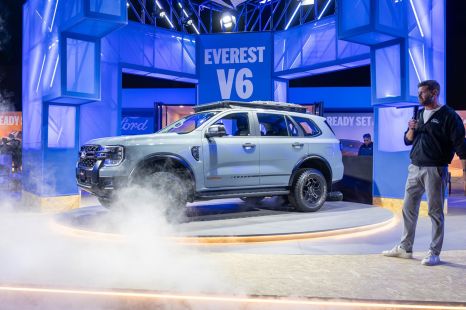

Damion Smy
10 Hours Ago


CarExpert.com.au
12 Hours Ago


Ben Zachariah
13 Hours Ago